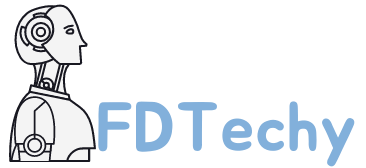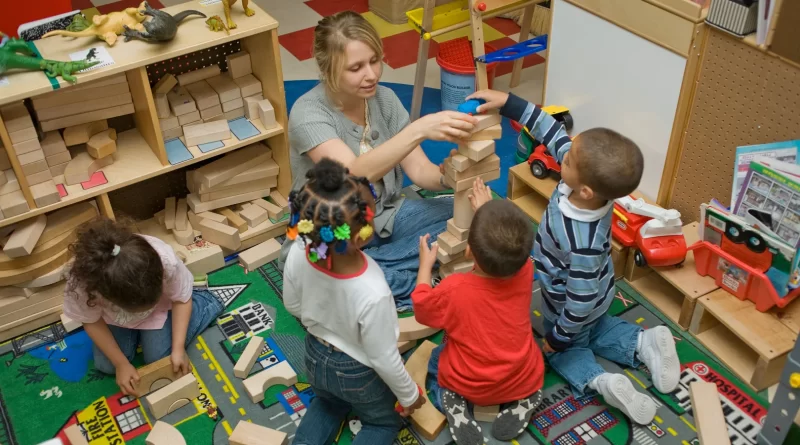“Educator’s Hub: Insights, Inspiration, and Classroom Success Strategies”
“The Learning Corner: Insights and Inspiration for Educators” is an education blog dedicated to providing valuable insights, practical tips, and inspirational content for educators. It aims to support teachers in their professional development journey, enhance their instructional practices, and create a positive impact on student learning.

It covers a wide range;
The blog covers a wide range of topics relevant to educators, including teaching strategies, classroom management techniques, and student engagement. It offers a wealth of evidence-based practices, innovative approaches, and tried-and-tested methods to empower educators in their classrooms.
Through in-depth articles, case studies, interviews, and guest posts, “The Learning Corner” provides educators with a platform to learn from each other’s experiences and share their own success stories. The blog also highlights current trends, research findings, and best practices in the field of education. keeping educators up to date with the latest developments.
“The Learning Corner”
In addition to practical insights, “The Learning Corner” aims to inspire and motivate educators. It features stories of exceptional teachers who have made a significant difference in the lives of their students. These stories serve as a source of inspiration and remind educators of the profound impact they can have on shaping young minds.
Opportunities for educators;
The blog encourages active reader engagement by providing opportunities for educators.it shares their thoughts, experiences, and suggestions in the comments section. It fosters a sense of community among educators, creating a space for collaboration and the exchange of ideas.
“The Learning Corner: Insights and Inspiration for Educators” strive to be a trusted resource for teachers, from novice teachers, at all stages of their careers. they are seeking guidance from experienced educators looking for fresh perspectives. It aims to empower educators to continuously improve their practice, inspire their students, and contribute to advancing education as a whole.
Introduction: The Educator’s Toolbox: Strategies and Resources for Classroom Success;
Furthermore, “The Educator’s Toolbox: Strategies and Resources for Classroom Success” serves as a comprehensive guidebook meticulously crafted to aid teachers in elevating their instructional practices and cultivating an optimal learning atmosphere for their students. In addition, this book empowers educators with an extensive array of practical strategies, proficient teaching techniques, and invaluable resources that can be seamlessly integrated into the classroom.
Drawing upon the expertise of experienced educators, this toolbox provides invaluable insights and actionable advice to help teachers achieve positive outcomes and foster student success. A strong foundation for effective teaching and learning;
Chapter 1:
Setting the Stage This chapter focuses on establishing a strong foundation for effective teaching and learning. It covers topics such as understanding classroom dynamics, creating a positive classroom culture, setting clear expectations, and building relationships with students. The chapter also delves into effective classroom management strategies and techniques for promoting student engagement and motivation.
Chapter 2:
Differentiated Instruction In this chapter, the book explores the concept of differentiated instruction and its significance in addressing the diverse learning needs of students. It provides practical strategies for adapting teaching methods, materials, and assessments to cater to individual student strengths, interests, and readiness levels. The chapter also emphasizes the importance of ongoing assessment and feedback to inform instructional decisions.
Chapter 3:
Active Learning Strategies This chapter delves into a variety of active learning strategies that promote student engagement, critical thinking, and collaboration. It offers a range of hands-on activities, group work approaches, and technology integration ideas to enhance student participation and deepen understanding. The chapter also discusses the benefits of project-based learning, inquiry-based instruction, and experiential learning.
Chapter 4:
Moreover, in addition to the previous chapters, this section provides teachers with a comprehensive toolkit of effective instructional techniques. Additionally, it covers research-based strategies for delivering clear and organized lessons, as well as utilizing effective questioning techniques.
Furthermore, it highlights methods for promoting effective note-taking and study skills and facilitating meaningful class discussions. Furthermore, the chapter addresses techniques for scaffolding learning and supporting struggling students, ensuring a well-rounded approach to instruction.
Chapter 5:
Assessment and Feedback This chapter focuses on various assessment methods and strategies for monitoring student progress and providing constructive feedback.
It explores both formative and summative assessment techniques, emphasizes the importance of authentic assessments, and provides guidance on using rubrics, self-assessment, and peer assessment. The chapter also emphasizes the role of feedback in promoting student growth and offers practical tips for delivering effective feedback.
Chapter 6:
Technology Integration: Maximizing Classroom Potential through Effective Technology Use. This chapter presents effective strategies for seamlessly integrating technology to enhance teaching and learning outcomes. It provides an overview of various educational technologies, highlights their potential benefits, and provides practical ideas for using digital tools for instruction, assessment, and collaboration. The chapter also discusses the importance of digital literacy and responsible technology use.
Chapter 7:
Additionally, the final chapter furnishes teachers with a plethora of supplementary resources and support systems to augment their teaching practices. Moreover, it presents recommendations for professional development opportunities, online communities, and forums for educators, pertinent websites and blogs, and suggestions for further reading. the chapter prompts teachers to reflect on their teaching journey and consistently strive for growth and improvement.
Conclusion: “The Learning Corner: Insights and Inspiration for Educators” is an education blog dedicated to providing valuable insights, practical tips, and inspirational content for educators. It aims to support teachers in their professional development journey, enhance their instructional practices, and create a positive impact on student learning.




